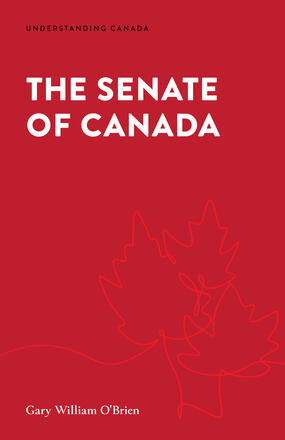
The Senate of Canada
La description
The upper house of the Parliament of Canada plays a vital role in the political life of the country. The Senate reads, indeed on occasion amends, legislation enacted by the House of Commons. It originates studies into topics of currency in government and society. Through its focus on the regions of Canada, it balances the “representation by population” characteristic of the lower house. For all these reasons, any study of Canada that omits the Senate is necessarily incomplete. Gary O’Brien is uniquely placed to offer this study. He holds a PhD in political science from Carleton University, where his dissertation focused on the legislative and parliamentary practices of pre-Confederation Canada. As the twelfth clerk of the Senate for the years 2009–2015 and as a continuing Senate scholar, he is familiar with the history of the institution, with its function in Canadian parliamentary and political life, and with its functioning. This book is a reflection of his experience and expertise.